Common Causes of Succulent Death: Rotting
- Why do succulents rot?
- What to Do If Succulents Start Rotting?

- Why Do Succulents Rot?
Frequent Watering
Most succulents are drought-tolerant. During the growing seasons of spring and fall, you can water them without worry. However, summer and winter are challenging for succulents. Extreme temperatures, whether too high or too low, can lead to their death. Therefore, it's essential to control watering to help succulents withstand these temperatures. In winter, water sparingly when temperatures are below 10°C, reduce watering at 5°C, and stop watering entirely at 0°C. In summer, water in the early morning or evening, and avoid exposing the plants to direct sunlight right after watering.
Poor Soil Drainage Leading to Root Damage
Succulents don't require highly fertile soil. In their native regions, such as South Africa and Mexico, they thrive in barren desert areas with minimal soil and organic matter. Therefore, the soil for succulents should be loose, well-aerated, and have good drainage.
Sunburn, Frostbite, Pest Damage, or Accidental Injury: These factors can also cause succulents to rot.
- What to Do If Succulents Start Rotting?

- If only a few leaves are rotting, remove them promptly.
- If a large area is rotting, there's not much you can do except salvage the healthy leaves and propagate them.
- If the stem is also damaged and black rot has set in, the plant is unlikely to recover. In this case, salvage healthy leaves for propagation.

- If the base is rotting but the top is still healthy and large, remove the damaged parts immediately. When repotting, plant the succulent slightly higher, level with the rim of the pot. If planted too low, poor ventilation and air circulation can lead to problems.

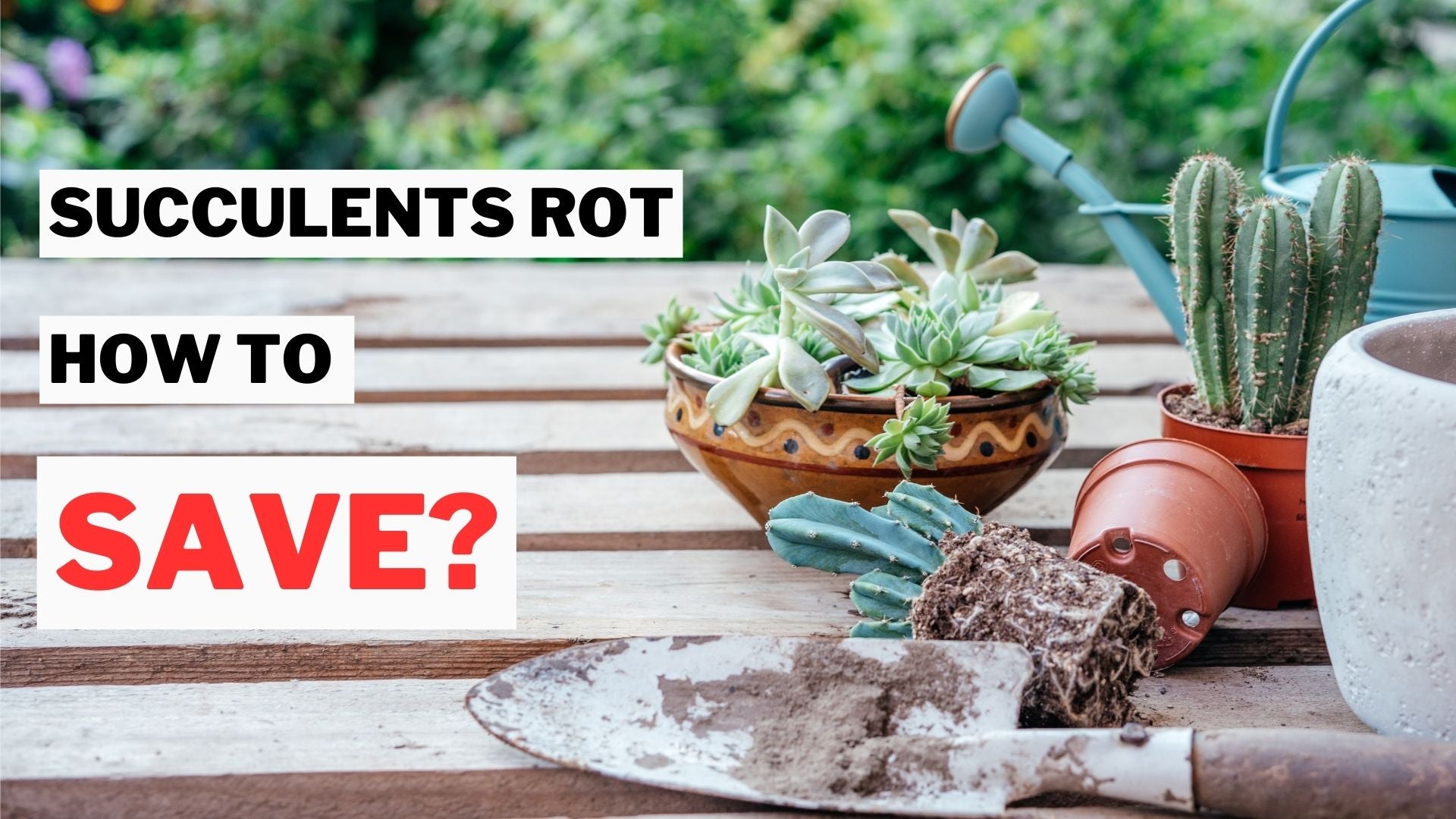
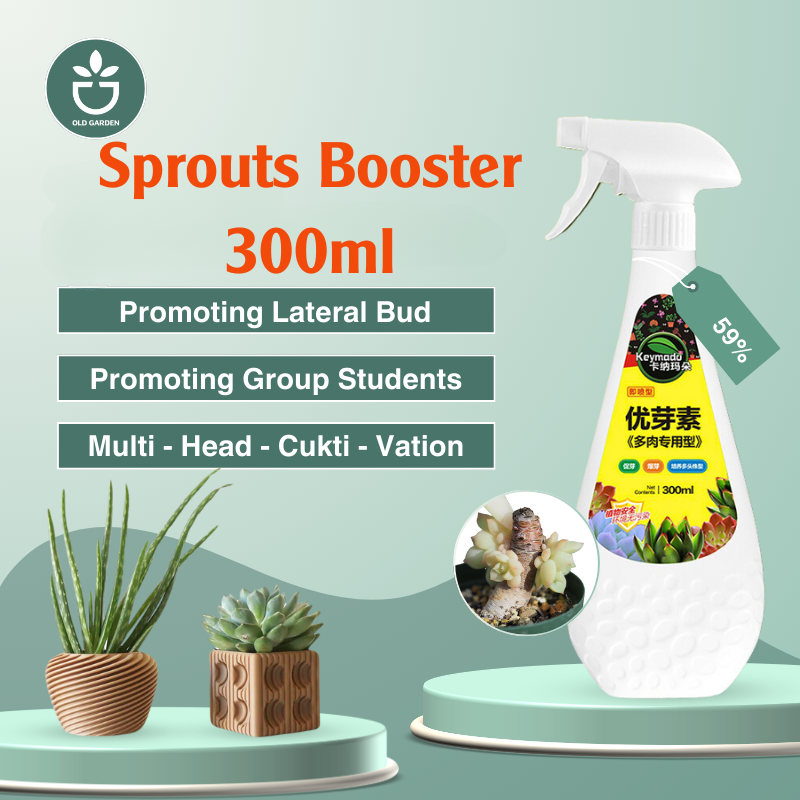
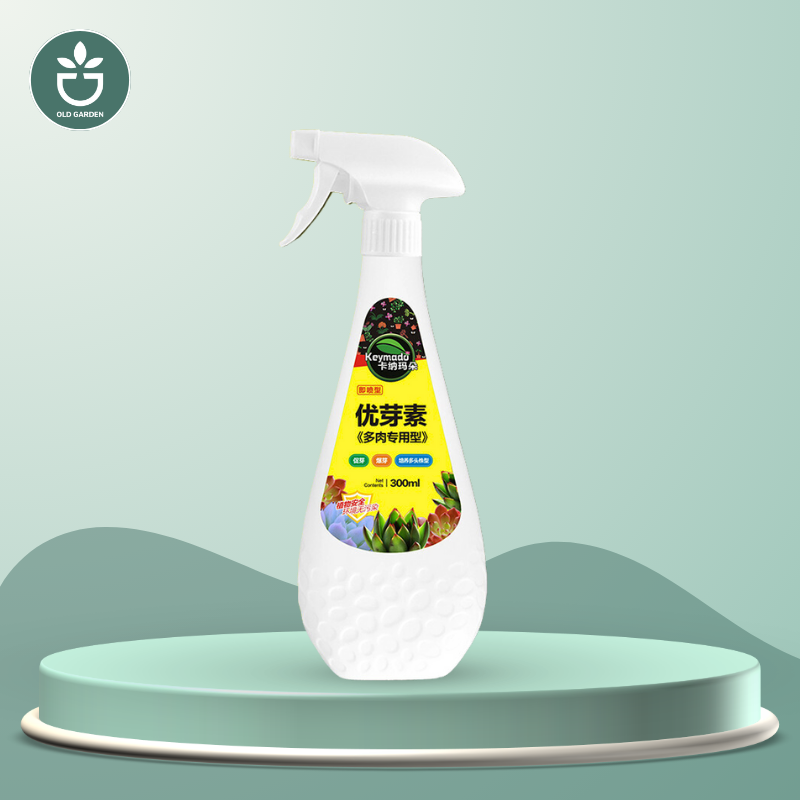
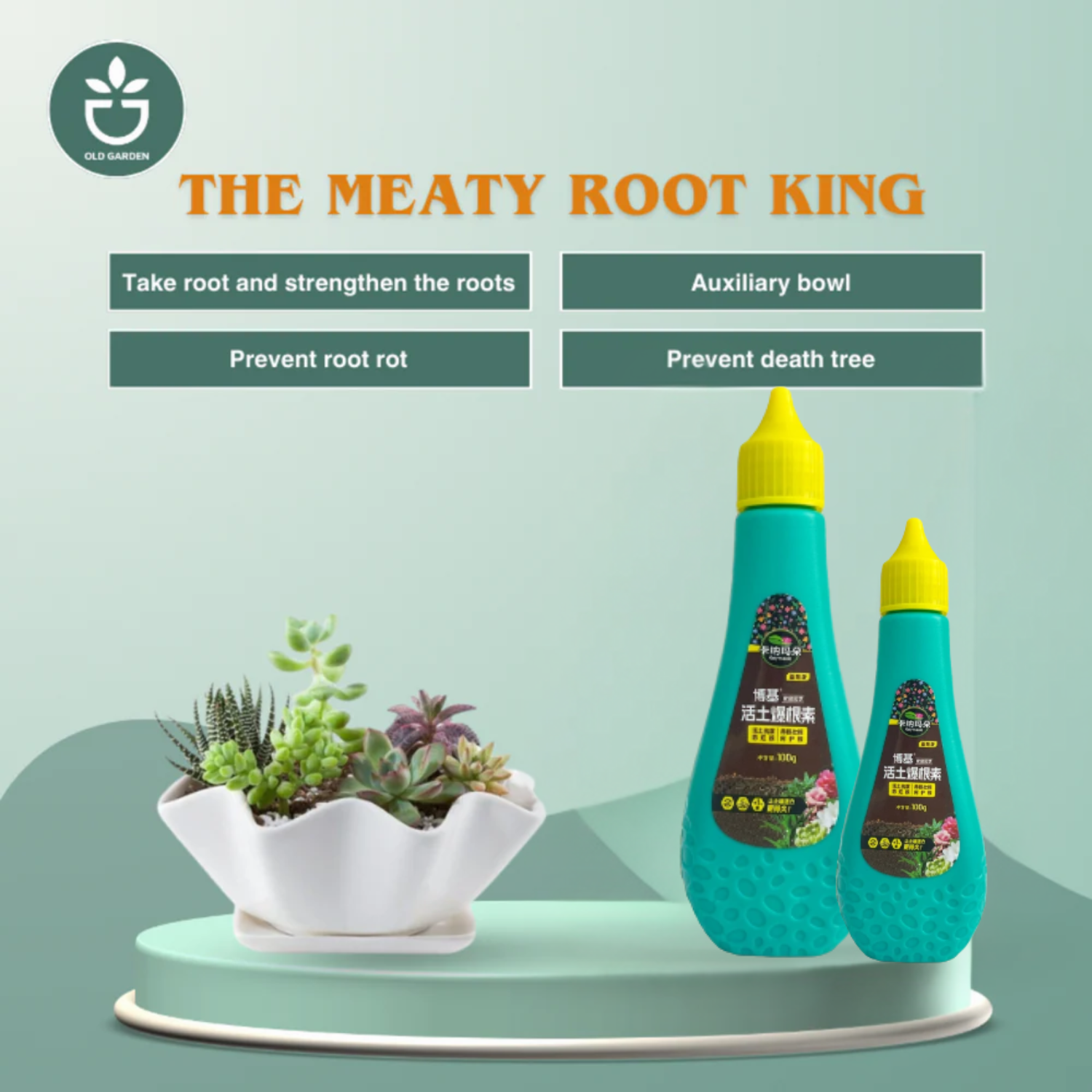
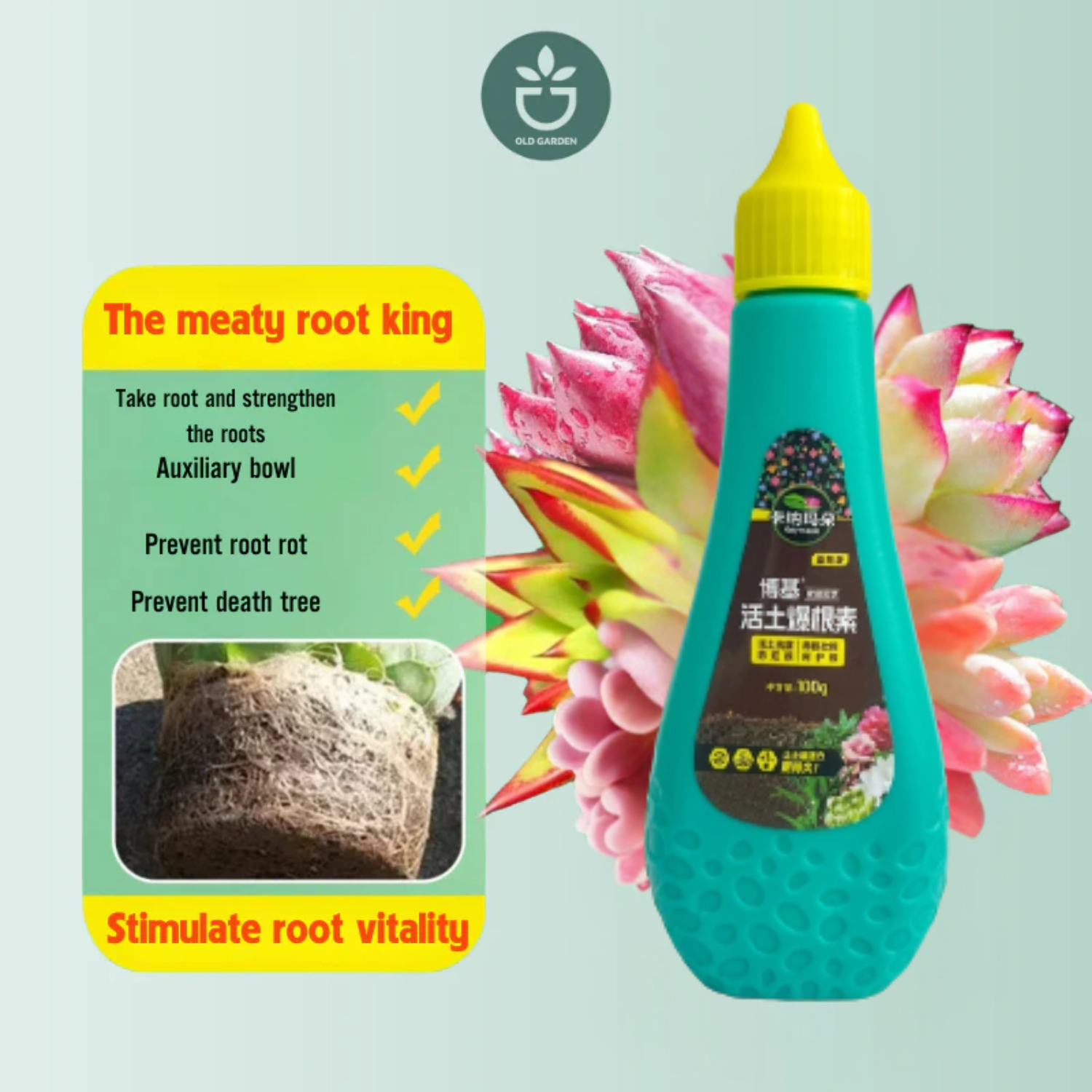
1 comment
ozzie
how can I safe orchids leaf turn in yellow leaf